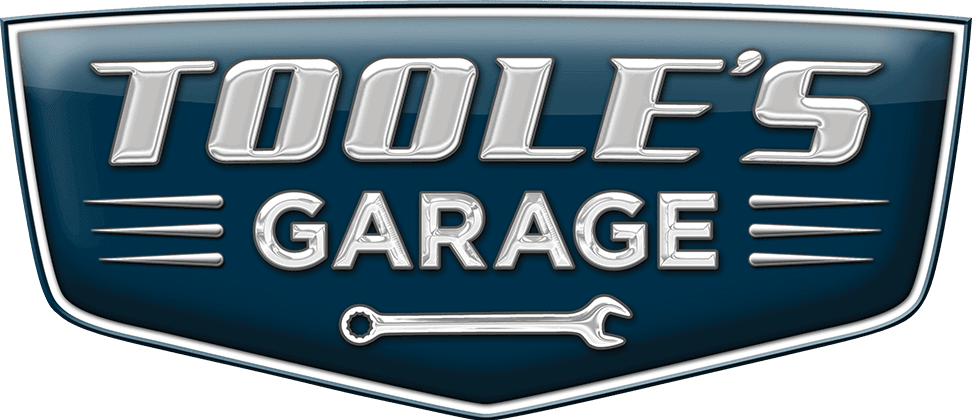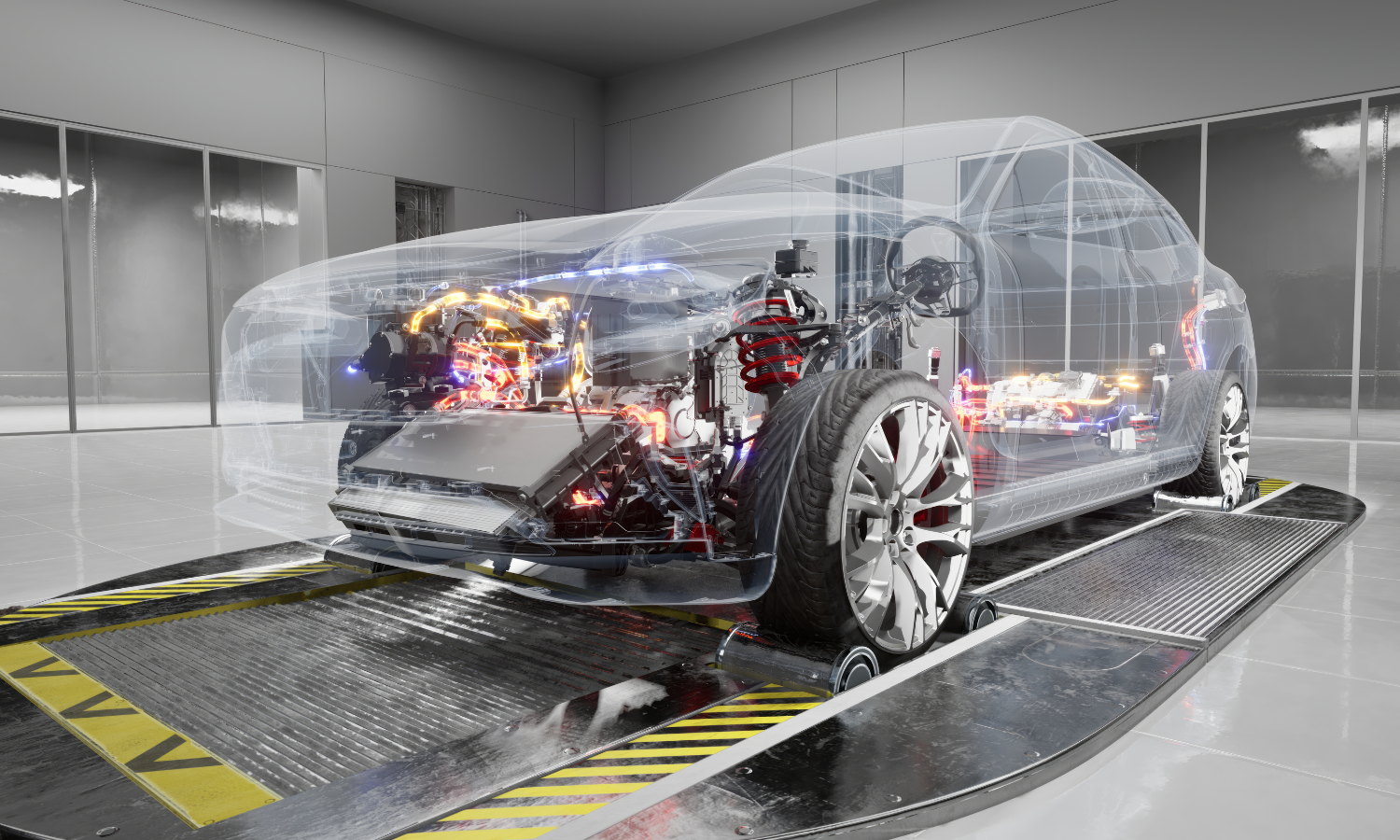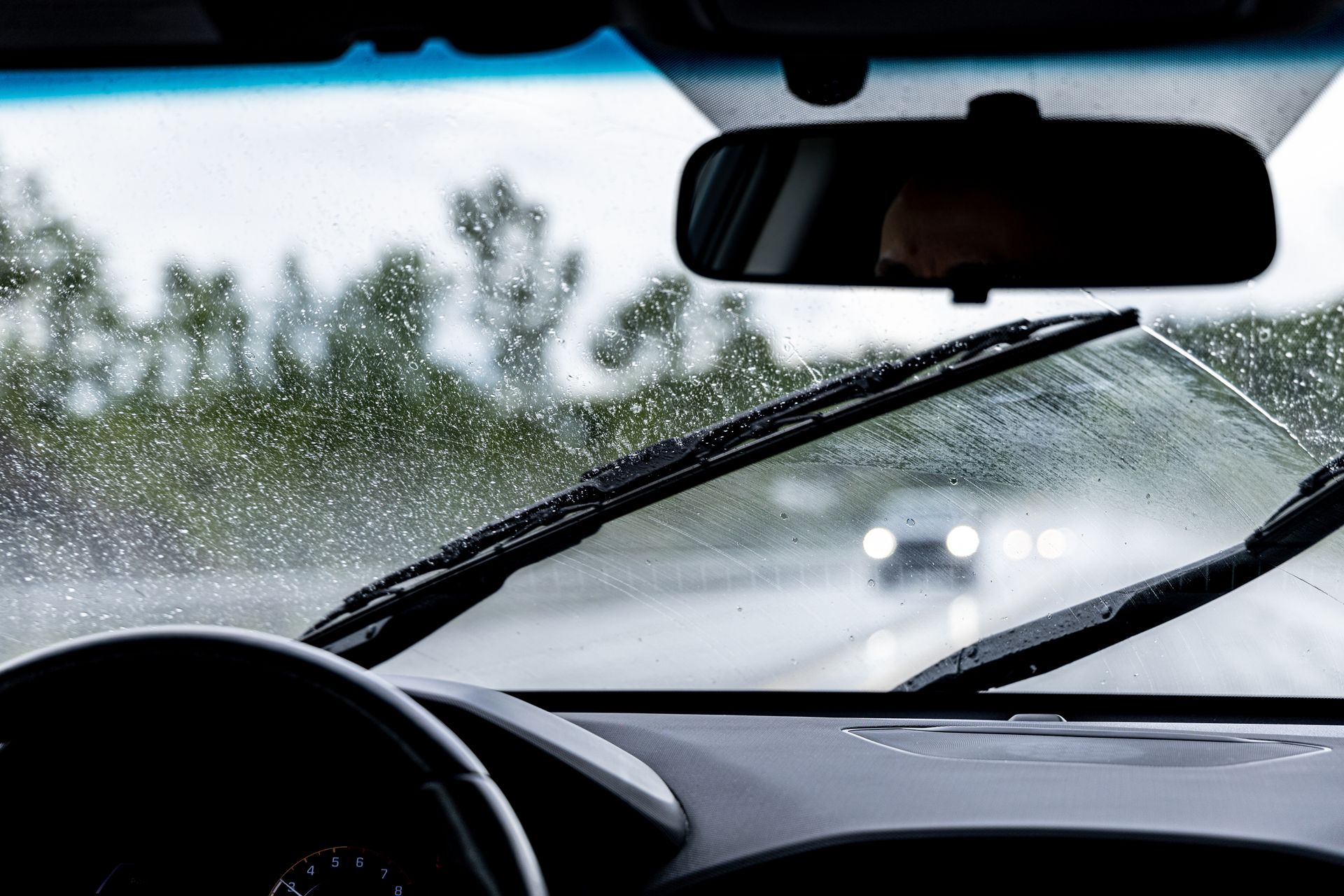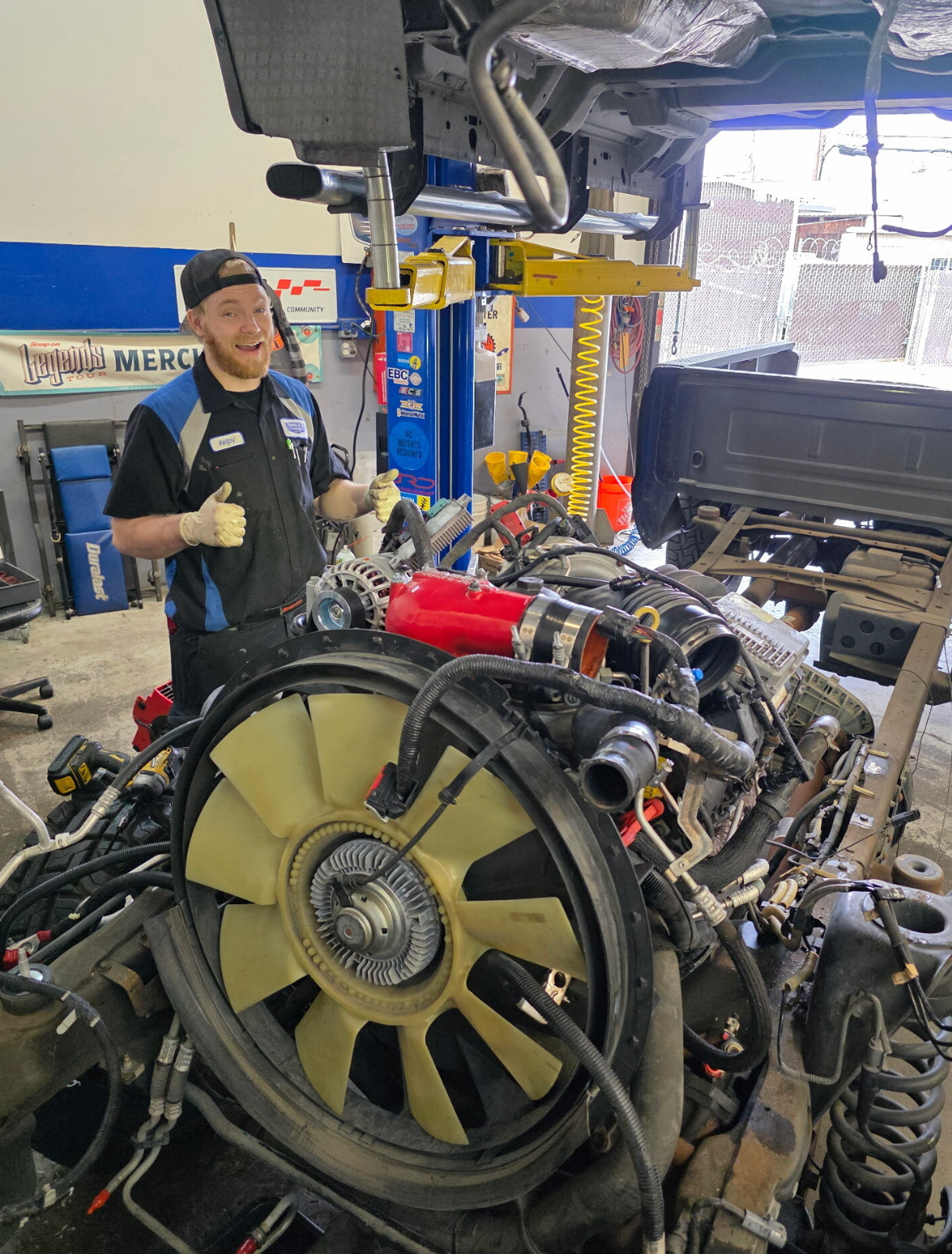The water pump plays a critical role in preventing your engine from overheating. It circulates coolant through the engine and radiator, keeping temperatures stable under all driving conditions. When the water pump begins to fail, that system no longer works as it should, and the result can be overheating, engine damage, or complete failure.
The good news is that water pumps usually give some warning signs before they fail. Catching those early can save you from being stranded or facing a hefty repair bill.
Unusual Coolant Leaks Around the Front of the Engine
One of the most common early signs of a failing water pump is a visible coolant leak near the front of the engine. The water pump uses seals and gaskets to contain coolant, and over time, those parts wear out. You might notice:
- A small puddle under the front of your vehicle after it's been parked
- Crusty white or green residue around the pump or lower radiator hose
- A sweet smell is coming from under the hood, especially after turning the engine off
Even a slow leak can lower coolant levels over time, which reduces the system’s ability to control temperature.
Grinding or Whining Noises From the Front of the Engine
Inside the water pump is a small bearing that allows the impeller to spin smoothly. When this bearing starts to fail, it often creates a grinding or high-pitched whining noise while the engine is running. These sounds typically come from the front of the engine and may get louder as engine speed increases.
Once that bearing wears out completely, the pump will stop working and may even damage the drive belt system that powers it.
Engine Temperature Creeps Up More Often
If your temperature gauge shows higher readings than normal, especially while idling or driving in traffic, your water pump could be losing efficiency. It may still be turning, but not moving coolant as effectively as it should. This reduced circulation can cause your engine to run hot, even if there’s plenty of coolant in the system.
In more severe cases, the engine may overheat quickly and require you to pull over to prevent damage.
Rust, Corrosion, or Deposit Build-Up
Rust or corrosion on the outside of the water pump is another red flag. These often occur when there’s a small, slow leak that evaporates before it reaches the ground, leaving mineral deposits behind. Over time, that corrosion can weaken the housing, damage the internal bearings, or interfere with the impeller blades inside the pump.
If a technician spots rust or buildup during a routine inspection, it’s usually a sign that the pump is on its way out.
Coolant Warning Lights or Low Coolant Levels
Some modern vehicles have sensors that detect when coolant is running low or when the system isn’t maintaining pressure. If your dashboard shows a coolant warning or you find yourself refilling coolant more often than usual, the water pump may be to blame.
Low coolant combined with a rising temperature gauge is a strong signal that your cooling system needs immediate attention.
Why Timely Water Pump Replacement Matters
Driving with a failing water pump is risky. Once the pump fails completely, the engine can overheat quickly, potentially warping the cylinder head or damaging the head gasket. These repairs are far more expensive than replacing a water pump.
In most vehicles, the water pump is driven by either a serpentine belt or the timing belt. When replacement is needed, it’s often a good time to replace both the pump and the belt together, since they wear at similar rates and are accessed in the same area of the engine.
Schedule a Cooling System Inspection at Toole’s Garage in California
If you’ve noticed coolant leaks, strange engine noises, or higher-than-normal temperatures, don’t wait for your water pump to fail. The team at Toole’s Garage in California can inspect your cooling system, check for worn components, and recommend the right fix before overheating causes bigger problems.
Schedule your appointment today and keep your engine running safely and smoothly, no matter the weather.
- Toole's Garage - San Carlos, 1065 Washington Street, San Carlos, CA
- Toole's Garage - Valley Springs, 3577 W. Highway 12, Valley Springs, CA
- Toole's Garage - Stockton, 847 N. El Dorado St., Stockton, CA
- Toole's Garage - Jackson, 12700 Kennedy Flat Road Jackson, CA



